
Human society is extremely complicated and fragile, built upon numerous pillars. One of them is the honey bees. one out of three meals eaten through humans is made possible by honeybees. They're so important that if all the honey bees were to die out, lots of plant would follow, which could lead to millions of human beings starving in the following years. On top of that honey bees have a massive economic impact. The dollar value of plants pollinated by them each year is around 256 billion dollar. Food we take for granted could just stop existing without them, or there might be a huge decrease in productivity. Food including apples, onions, pumpkins and plant used for feeding farm animals and for that extremely important for our milk and meat.
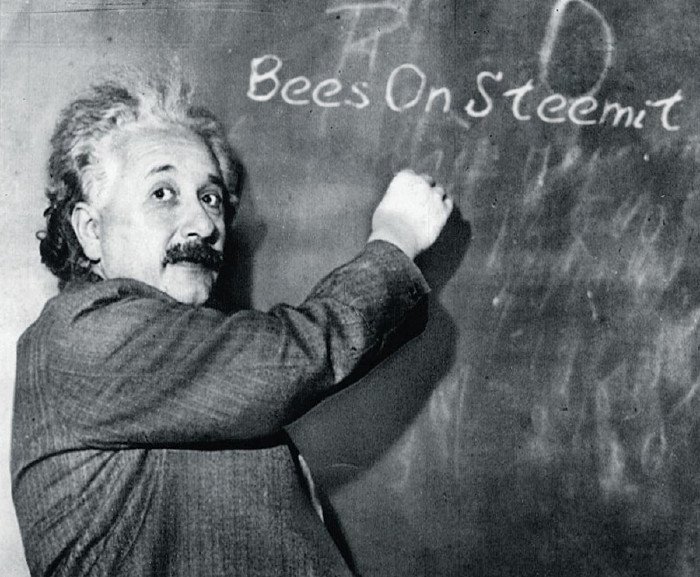
( This picture is created with the help of an online tool)
Einstein is quoted as having said
"if honey bees die out, humans will follow a few years later."
Without a doubt he possibly didn't say that, But there might be some truth within the statement. It is unsettling but honey bees have started to disappear.Millions of hives have died within the past few years. Beekeepers all over the world have seen an annual loss of 30-90% in their colonies. In the US bees are steadily declining. From 5 million hives in 1988 > 2.5 million hives these days. Since 2006, a phenomenon called "colony collapse disorder" has affected honey bees in many countries. And we're not entirely sure what is causing it. All we know is that it is pretty serious.
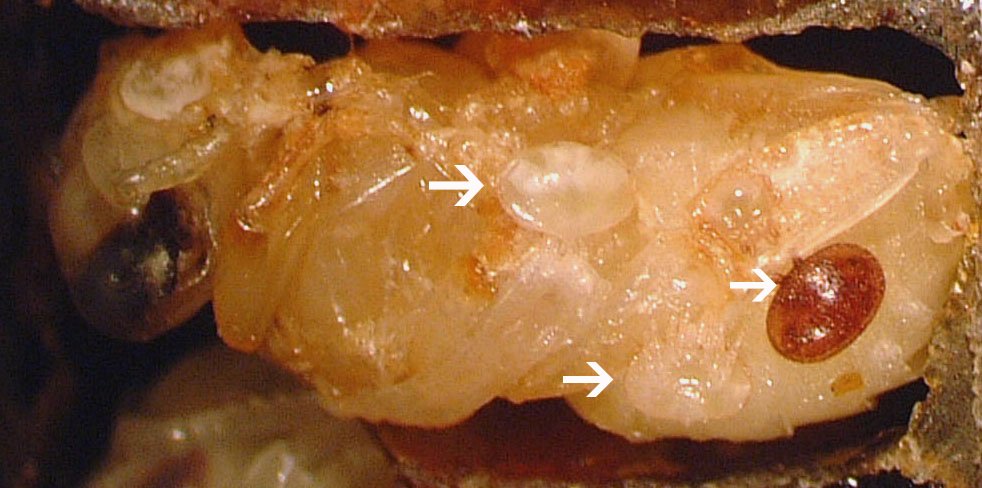
Over the last few decades bees have seen an invasion of very risky foes. Microscopic mites that infect the respiration tubes of bees. They lay their eggs and feed from the fluids of their victims, weakening them considerably and spending their whole life inside the bees. Or varroa destructor, a fitting name due to the fact they can only reproduce in honey bees hives and are one of the bees biggest enemies. The female mite enters a honey bee brood cell and lays eggs on the Bee larva earlier than it is about to pupate and before than the hive bees cover the cell with a wax capping. The eggs hatch and the young mites and their mom feed on the growing bee in the protection of the capped cell. The Bee is no normally killed at this stage, just weekend, so it still has enough strength to chew its way through the Wax capping and release itself from the cell. As it does it releases the mite and her new offspring from the cell, and these are free to spread across the hive, beginning the process once more in a cycle of approximately 10 days. Their numbers grow exponentially, and after a few months, this may cause the collapse of the whole beehive. Once outside of the cell, adult mites also suck the body fluids of bees and weaken them extensively. To make Things worse, they transmit viruses that harm the bees even more and can lead to birth defects like useless wings.
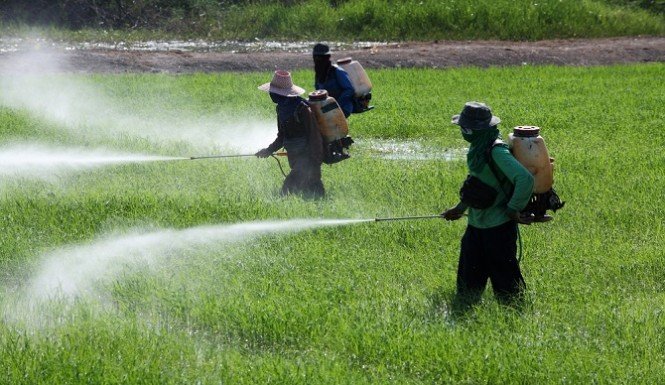
But,there are other threats too which include viruses and fungi. Beneath normal circumstances, those phenomena should be manageable and are now not enough to explain the horrendous amount of dying occurring in bees. Over recent years new insecticides have been introduced that are deadly to bees. Neonicotinoids a chemical family similar to nicotine, Was authorized in the early 1990s as an alternative to chemical compounds like DDT. They assault insects through harming their nervous systems. Today they're the most broadly used pesticides in the world. Globally, they saw sales of 1.5 billion euros in 2008, Representing 24% of the worldwide market for pesticides. In 2013, neonicotinoids is had been used in the u.s.on about 95% of corn and canola crops, and additionally on the vast majority of fruit and vegetables, like apples, cherries, peaches, oranges, berries, leafy greens, tomatoes, potatoes, cereal grains, rice, nuts, grapes and plenty of mores.
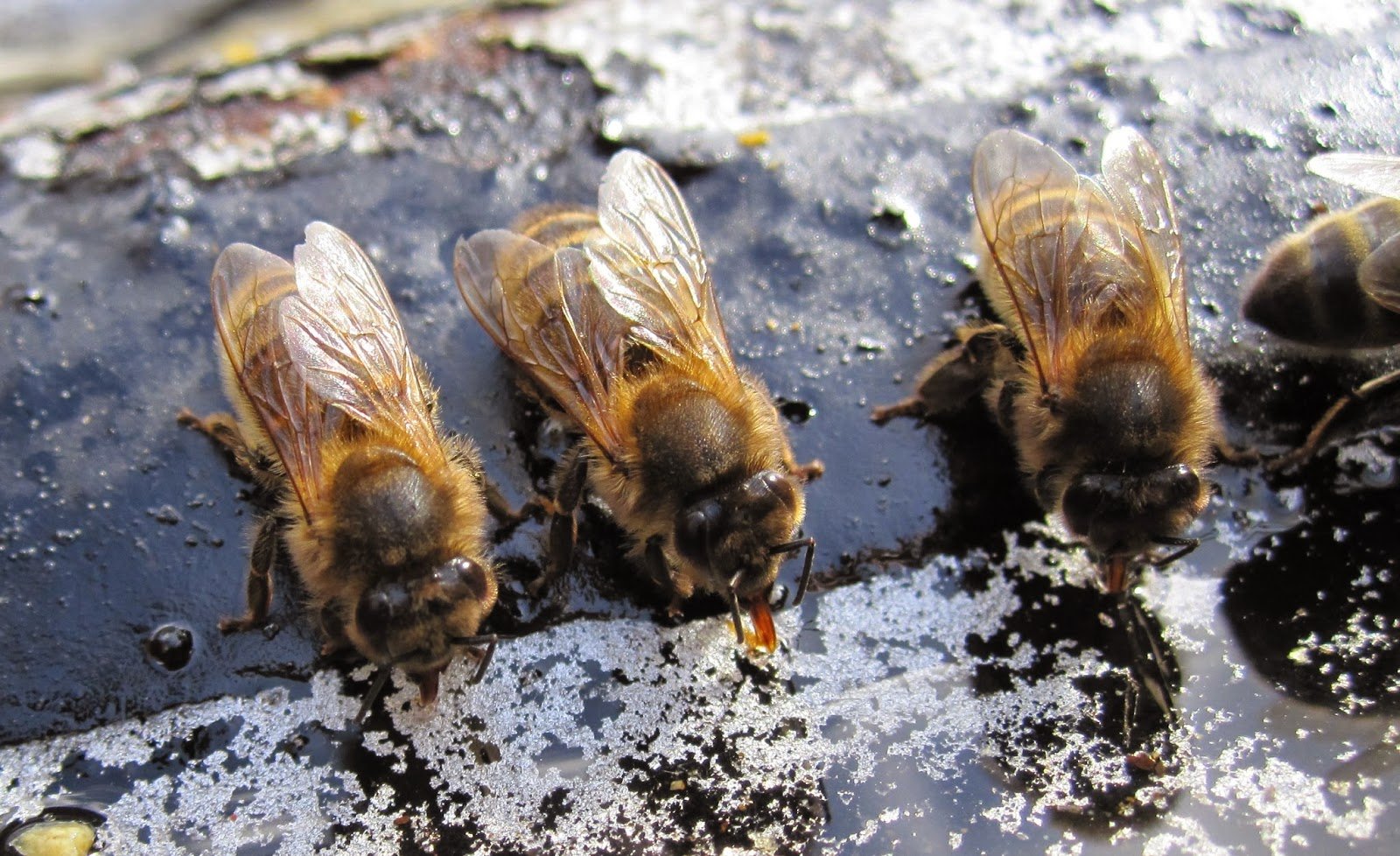
Bees come into touch with the toxin while collecting pollen or through infected water, often bringing material into the hive, wherein it can accumulate and slowly kill the whole colony. The toxins harm bees in a variety of terrible ways. In excessive sufficient doses, it quickly leads to convulsions, paralysis and death. But even in small doses it can be fatal. It may lead to bees forgetting how to navigate the world, so bees fly into the wild, wander off and die alone separated from their hives. If this occurs often enough, a hive can lose its capability to maintain itself. we know that neonicotinoids are harmful to bees and that we urgently want an alternative to it, But there are billions of dollars to be made in delaying this. Studies sponsored by the chemical industry magically appear to prove a much lower toxicity to bees, compared to the ones produced by way of independent scientists.
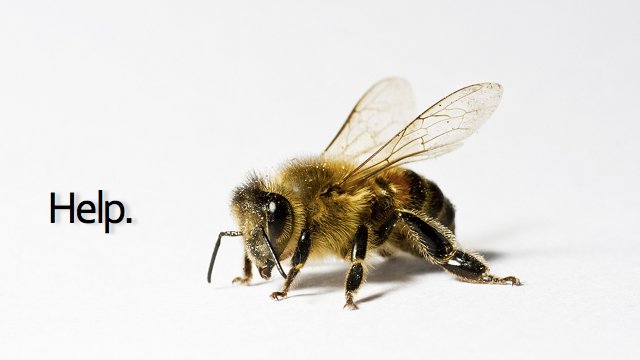
There are even more factors contributing to the dying of bees, like an excessive amount of genetic uniformity, Crop monocultures, Low nutrition due to overcrowding, stress due to human activities and other insecticides. Each of those factors on its own is a problem for bees, but together they probably account for colony collapse disease. With parasites upping their game in last years. The honeybees are now fighting for survival. it would be a catastrophe if they lost this fight. This is a conundrum we have to solve, if we want to continue living with a relative abundance and variety of food. Humanity is deeply interconnected with earth and the other existence life forms on it, even if we we pretend we are now not. We have to take care of our environment, if not to preserve the beauty of nature, Than at least to ensure our own survival.
Follow Me- @masonmiler
